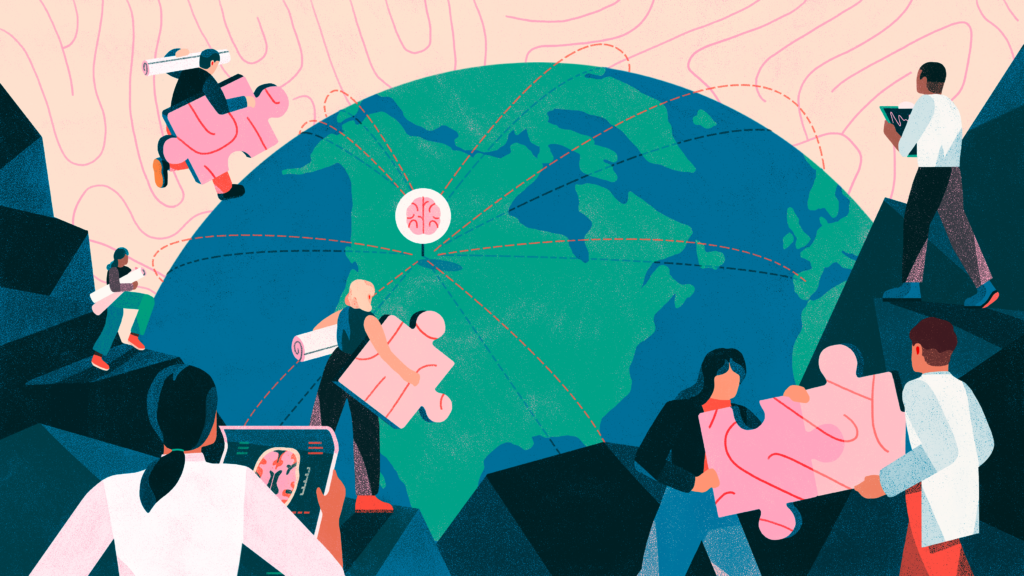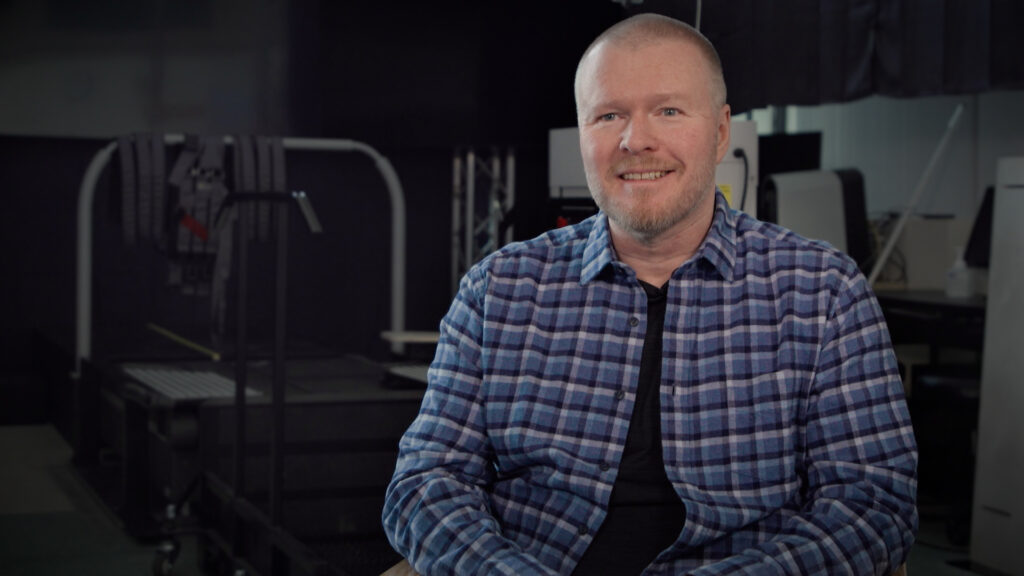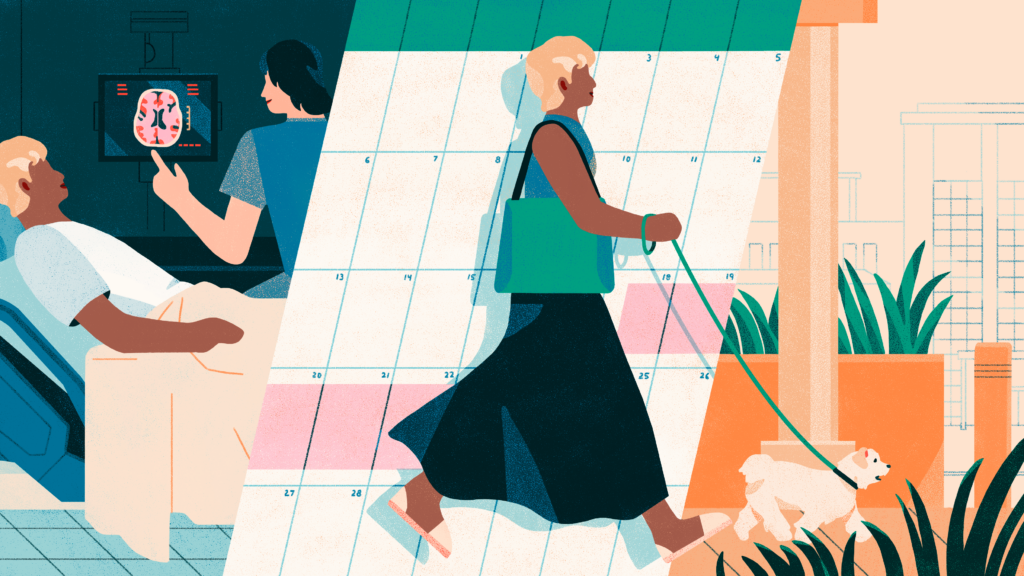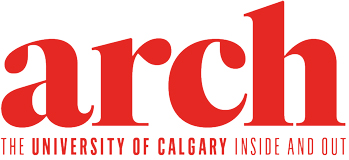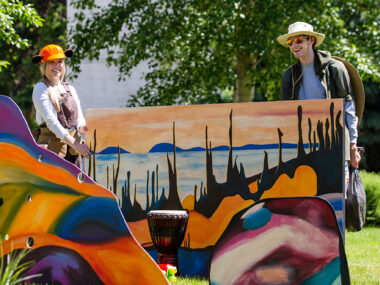Written by Jennifer Myers, BA’97
In 1993, American neurologist Dr. Camilo Gomez, MD, coined the phrase, “time is brain!” With the discovery of a new medication that a U.S. trial later found to dissolve blood clots in the brain – the primary cause of ischemic strokes – neurologists worldwide had begun to understand that strokes could be treated, with improved outcomes and reduced long-term disability, if treatment occurred within a few hours of onset of symptoms.
It was a critical turning point in stroke care and paved the way for a profusion of research-backed breakthroughs and developments in diagnostic methods and treatments, as well as rehabilitation technologies. Since then, incredible advances have been made at the University of Calgary’s Cumming School of Medicine (CSM), where the Calgary Stroke Program (CSP) has revolutionized the treatment of stroke. CSP is a collaboration between the CSM’s Hotchkiss Brain Institute, the Department of Clinical Neurosciences and Alberta Health Services (AHS).
The need is pressing. According to Heart & Stroke, in Canada alone more than 100,000 strokes occur annually, and 878,000 Canadians live daily with the after-effects. CSP is both extending life and improving quality of life for stroke survivors every single day.
Evaluating Brain Imaging for Stroke – Fast
Ask a stroke neurologist about a patient in the Emergency Department and the first thing they want to know is their ASPECTS score. The Alberta Stroke Program Early CT Score (ASPECTS) is a 10-point grading system based on an evaluation of a brain CT scan. It helps doctors detect changes in a person’s brain early on in the process of a stroke. Developed and trialled at UCalgary, the tool is now the standard way that the changes on a CT scan in a patient presenting with symptoms of an acute stroke are measured worldwide. The team from UCalgary also run a training platform to train young physicians from across the world.

Clot-Busting Drug, Tenecteplase, Becomes Standard Treatment for Stroke

In 2022 researchers released findings from the largest acute stroke clinical trial ever run in Canada. A clot-busting drug called Tenecteplase (TNKase™), which is commonly used as a clot-buster for heart attacks, was tested against Alteplase (Activase™), the standard recommended drug for people with acute ischemic stroke. The AcT (Alteplase Compared to Tenecteplase) Trial found that Tenecteplase treatment was as good and probably slightly better at dissolving blood clots in brain arteries with greater efficiency and ease of administration, resulting in as good and slightly better clinical outcomes at 3 months after stroke. The drug is a game-changer in saving brain cells quickly after the onset of a stroke. It is now the standard of care or becoming the standard of care in Canada and elsewhere around the world.
Improved Stroke Imaging Technology Set to Speed Diagnosis, Treatment and Create Accessibility
UCalgary researchers have developed a prototype imaging technique that has potential to reduce the time and the need for people to undergo multiple scans or contrast dye injections involved in diagnosing stroke. Simple Perfusion Reconstruction Algorithm (SPIRAL) measures blood flow in the brain and provides detailed images of the blockages. Simplifying stroke imaging with SPIRAL can quicken the diagnostic process and make it more cost-effective, as well as make stroke imaging accessible in smaller communities.
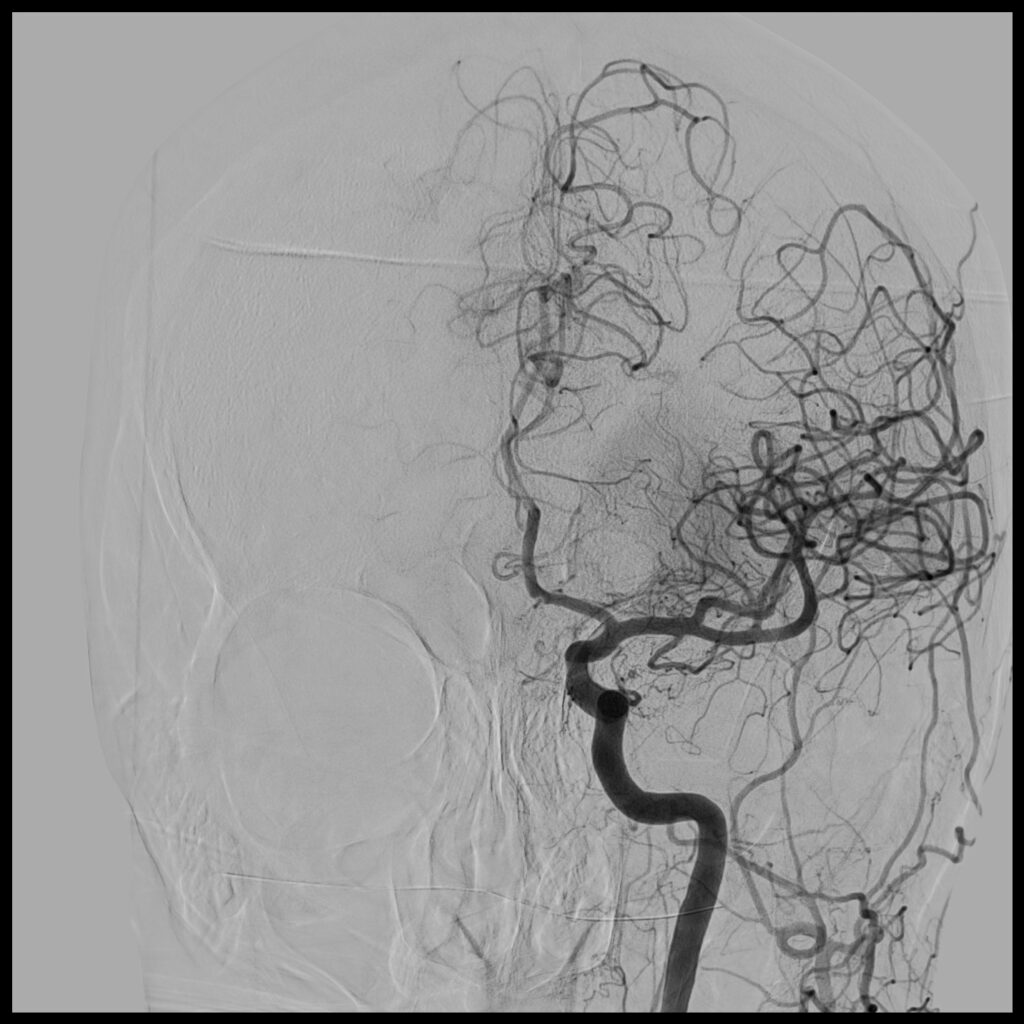
A Bio-Resorbable Stent to Heal Brain Aneurysms
The world’s first neurovascular stent constructed with bio-resorbable polymer was developed by Fluid Biomed, a medical device company founded by UCalgary researchers who are also academic neurosurgeons. Implanted into a brain blood vessel, the stent diverts blood flow away from a weak aneurysm thus allowing it to heal over time. As opposed to all-metal stents, most of the Fluid Biomed stent is made of a flexible polymer so that many more kinds of aneurysms can be treated with greater efficiency, and the polymer will gradually absorb into the body after the aneurysm is cured. The stent is already being tested in a first-in-human clinical trial and interim results are very promising.

Research Network Develops Rehabilitative Treadmill
People with a neurological injury are benefiting from the Neuro RecoVR Treadmill Project to help restore their mobility. It’s a rehabilitation activity in which their gait is recorded while they walk on a split-belt treadmill with integrated virtual reality (VR) screens. The operator can place virtual obstacles in front of them and measure how they respond. The project is a part of RESTORE (REsearching STrategies fOr REhabilitation), a network of specialized academic and clinical experts from CSM and AHS who together create novel therapies, clinical trials, and technologies for people recovering from stroke or who have other movement impairments or spinal cord injuries.

VR and Robotics Create Personalized Rehabilitation Programs
Understanding how we learn motor skills is key to understanding how to re-learn them after damage to the brain caused by a stroke. Researchers developed the Kinarm, an exoskeleton robot, that helps us do just that. While a person sits in the exoskeleton and performs tasks in a VR environment, the Kinarm measures how healthy people and those recovering from stroke respond to a variety of challenges. While Kinarm was build and developed in Kingston, Ontario, UCalgary researchers are using it to develop personalized strategies for brain recovery for people who have had a stroke.
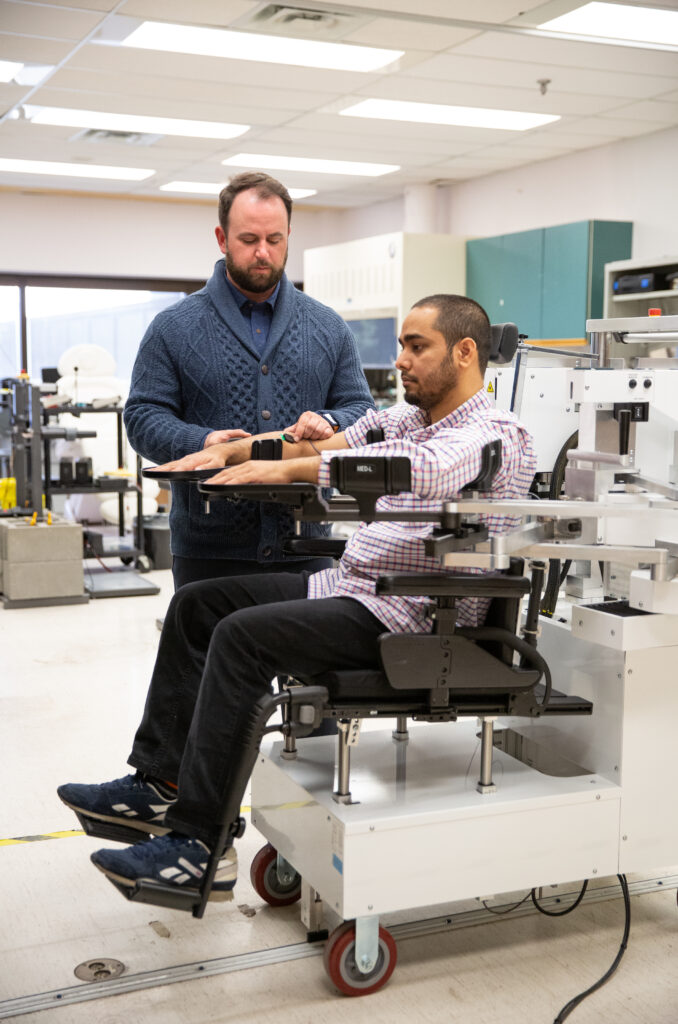
Learn More About Stroke
